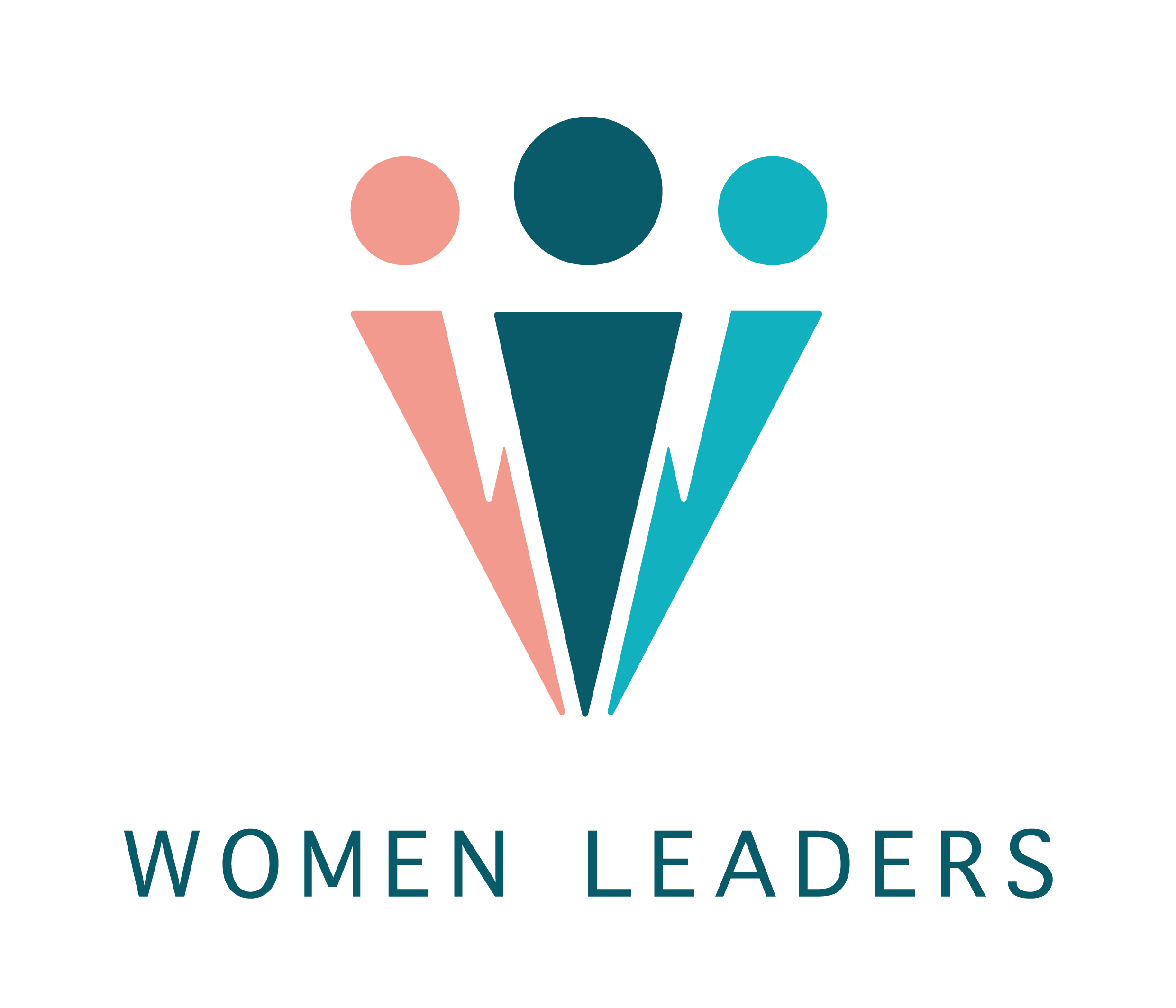Written by Dr Julie Mills OBE
Milton Keynes College is a place where we do rather more than pay lip service to the concepts of inclusivity and equality. They are absolutely central to everything we do, so it was with a bit of a heavy heart that I looked at our figures relating to the gender pay gap.
I’m a great believer in this particular piece of legislation whereby all organisations with more than two hundred and fifty employees have to publish their statistics. The barebones are these: Men at the College are paid on (mean) average 8.4% more than their female colleagues compared to 9.4% across the UK last year. The median pay gap is 11.2% which is considerably lower than the national 18.2% as reported in 2017. Two-thirds of the College workforce is female as are a very high 75% of senior managers among whom there is no wage disparity.
Now while this doesn’t put us in the same league as some of the banks, law firms and airlines reporting forty or even sixty percent disparities, not being among the worst is hardly something to shout about. We, like them no doubt, are doing everything we can to bring wages for men and women into line. Our pay scales and recruitment practices are all geared towards encouraging equality and diversity and we know we’re heading in the right direction. One of the main reasons for the gap is common to Further Education Colleges across the country. Most of our construction and engineering staff are men and their pay tends to be higher than in those departments where women are in the majority including the care professions and hospitality and catering. We have to pay more in those male dominated areas to attract the best staff. If we didn’t, those lecturers would be tempted to leave us to be engineers or builders because of the higher wages they could command.
It’s the unfortunate reality of society as a whole that jobs which are predominately filled by females tend to be less well paid and we are impacted by that traditional bias. We have to attract people who have the knowledge to teach our learners and there is an inescapable rate for the job.
If this sounds like making excuses for something that is clearly inequitable then it is, but it’s also true. And perhaps that will be one of the most positive things to come out of the whole “Publish and be damned,” business with these figures. For years we’ve just accepted that some roles are easier to fill and therefore can attract lower pay, rather than thinking about the actual worth of what’s being done – not in pecuniary terms but in their value to society. Is it less valuable to the world, for example, to train a care worker than it is a bricklayer? I’m neither eulogising people who work in the care sector nor decrying builders here. My point is that for years we have just accepted these differences and said, “Well they happen to be male or female dominated roles,” so the disparity in pay is nothing to do with gender. I would have to ask, if more care staff were men and bricklayers women, would the pay gap still be as it is?
So here’s a prediction; in this first year of reporting we were bound to see some shocking differentials between the sexes, and we haven’t been disappointed. The big offenders will be lampooned and will come under pressure from the media, shareholders and their own staff (the female ones at least) to do something about it. Ambitious women may well be put off applying for jobs at these companies, and they themselves will realise they need to clean up their act if it isn’t to have a damaging impact on their recruitment plans. So, little by little, they will find ways of creating better balance in their pay structures. Now this might mean paying men less, but it will also have to involve paying women more – which is rather the object of the exercise. Certainly, as Principal of the College, I for one will be wearing the red face-inducing albatross of pay inequality around my neck for the next twelve months. Do I feel incentivised by that to make sure we do better next time? Male or Female, you can bet your next pay cheque that I do.


